Life
Eutropius was born to the nobility, in Marseille, where he spent a wild and wasted youth. According to tradition, he was converted by his wife and after her death was ordained a deacon by Eustochius. [2] He became Bishop of Orange, succeeding Justin. At first, he was overwhelmed by the magnitude of the work he would have to do and fled. A man of God named Aper convinced him to return and devote himself to tending his flock. He became famous, among other things, for his extreme devotion.
During his episcopate, which lasted about twelve years, he did not hesitate to devote himself to many manual tasks, sometimes in a field where he himself worked with a plough, sometimes at a building site where he carried stones even when the other workers were having their meals.
Eutropius corresponded with Pope Hilarius and was a friend of Saint Faustus of Riez. Letters from contemporaries speak highly of his learning and piety. Sidonius Apollinaris speaks of him in the highest and most reverential terms. [1] He took part in the Council of Arles in 463 and 475. [3] His diocese was destroyed by the Visigoths and he died on May 27, 475. [3]
He was buried in the Basilica of St Julien d'Antioch, which he himself had built. Around the year 500, his successor Verus wrote his Life, [4] which describes various miracles: the deliverance of a possessed person, the healing of someone struck by lightning; stopping a fire through prayer.
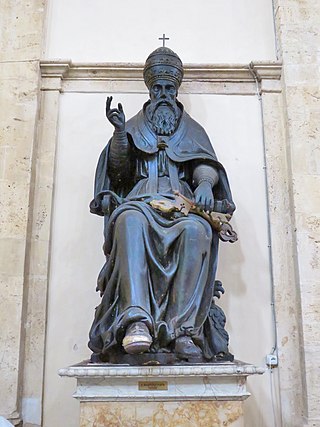
Pope Martin I, also known as Martin the Confessor, was the bishop of Rome from 21 July 649 to his death 16 September 655. He served as Pope Theodore I's ambassador to Constantinople and was elected to succeed him as Pope. He was the only pope during the Eastern Roman domination of the papacy whose election was not approved by an imperial mandate from Constantinople. For his strong opposition to Monothelitism, Pope Martin I was arrested by Emperor Constans II, carried off to Constantinople, and ultimately banished to Cherson. He is considered a saint by both the Catholic Church and the Eastern Orthodox Church and he is the last pope recognized as a martyr.

Pope Callixtus I, also called Callistus I, was the bishop of Rome from c. 218 to his death c. 222 or 223. He lived during the reigns of the Roman emperors Elagabalus and Alexander Severus. Eusebius and the Liberian catalogue list his episcopate as having lasted five years (217–222). In 217, when Callixtus followed Zephyrinus as Bishop of Rome, he started to admit into the Church converts from sects or schisms. He was martyred for his Christian faith and is venerated as a saint by the Catholic Church.

Piran or Pyran, died c. 480, was a 5th-century Cornish abbot and saint, possibly of Irish origin. He is the patron saint of tin-miners, and is also generally regarded as the patron saint of Cornwall, although Michael and Petroc also have some claim to this title.
Pope Hilarius was the bishop of Rome from 19 November 461 to his death on 29 February 468.

Saint Christopher is venerated by several Christian denominations as a martyr killed in the reign of the 3rd-century Roman emperor Decius, or alternatively under the emperor Maximinus Daia. There appears to be confusion due to the similarity in names "Decius" and "Daia". Churches and monasteries were named after him by the 7th century.

Philip Romolo Neri, known as the "Second Apostle of Rome", after Saint Peter, was an Italian priest noted for founding a society of secular clergy called the Congregation of the Oratory.
Pope John XV was the bishop of Rome and ruler of the Papal States from August 985 until his death. A Roman by birth, he was the first pope who canonized a saint. The origins of the investiture controversy stem from John XV's pontificate, when the dispute about the deposition of Archbishop Arnulf of Reims soured the relationship between the Capetian kings of France and the Holy See.
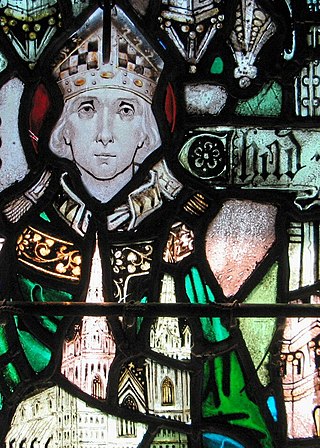
Chad was a prominent 7th-century Anglo-Saxon Catholic monk who became abbot of several monasteries, Bishop of the Northumbrians and subsequently Bishop of the Mercians and Lindsey People. He was later canonised as a saint.

Saint Fiacre is the name of three different Irish saints, the most famous of which is Saint Fiacre of Breuil, the priest, abbot, hermit, and gardener of the seventh century who was famous for his sanctity and skill in curing infirmities. He emigrated from his native Ireland to France, where he constructed for himself a hermitage together with a vegetable and herb garden, oratory, and hospice for travellers. He is the patron saint of gardeners.
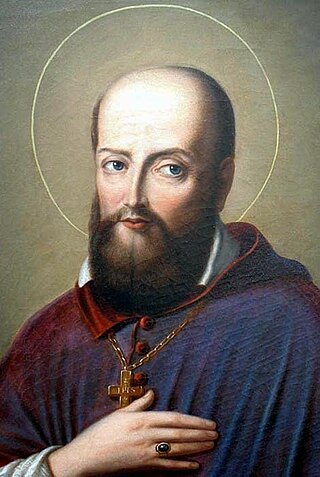
Francis de Sales, C.O., O.M. was a Savoyard Catholic prelate who served as Bishop of Geneva and is a saint of the Catholic Church. He became noted for his deep faith and his gentle approach to the religious divisions in his land resulting from the Protestant Reformation. He is known also for his writings on the topic of spiritual direction and spiritual formation, particularly the Introduction to the Devout Life and the Treatise on the Love of God.

May 26 - Eastern Orthodox Church calendar - May 28

Leodegar of Poitiers was a martyred Burgundian Bishop of Autun. He was the son of Saint Sigrada and the brother of Saint Warinus.
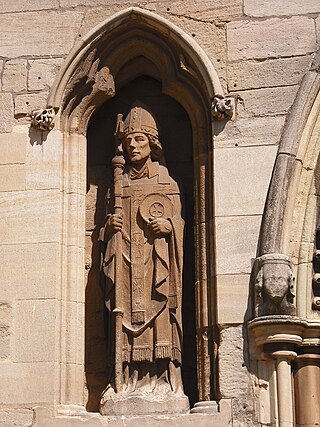
Wulfram of Sens or Wulfram of Fontenelle was the Archbishop of Sens. His life was recorded eleven years after he died by the monk Jonas of Fontenelle. However, there seems to be little consensus about the precise dates of most events whether during his life or post mortem.

March 4 - Eastern Orthodox liturgical calendar - March 6
Saint Apollinaris of Valence (453–520), born in Vienne, France, was bishop of Valence, France, at the time of the irruption of the barbarians. Valence, which was the central see of the recently founded Kingdom of the Burgundians, had been scandalized by the dissolute Bishop Maximus, and the see in consequence had been vacant for fifty years.

The ancient residential diocese of Orange in the Comtat Venaissin in Provence, a fief belonging to the papacy, was suppressed by the French government during the French Revolution. It was revived in 2009 as a titular see of the Catholic Church.

October 16 - Eastern Orthodox liturgical calendar - October 18

Saint Magnus of Anagni, also known as Magnus of Trani or Magnus of Fabrateria Vetus, is venerated as the patron saint of Anagni.
Saint Sturm, also called Sturmius or Sturmi, was a disciple of Saint Boniface and founder and first abbot of the Benedictine monastery and abbey of Fulda in 742 or 744. Sturm's tenure as abbot lasted from 747 until 779.
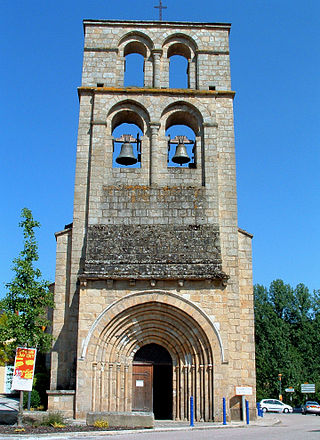
Saint Thillo was a Saxon slave who was converted by Saint Eligius and became a priest at Solignac Abbey. He accompanied Eloi in missionary work, returned to Solignac, and was made abbot. Unable to handle the responsibility, he left the abbey and became a hermit. His feast day is 7 January.














